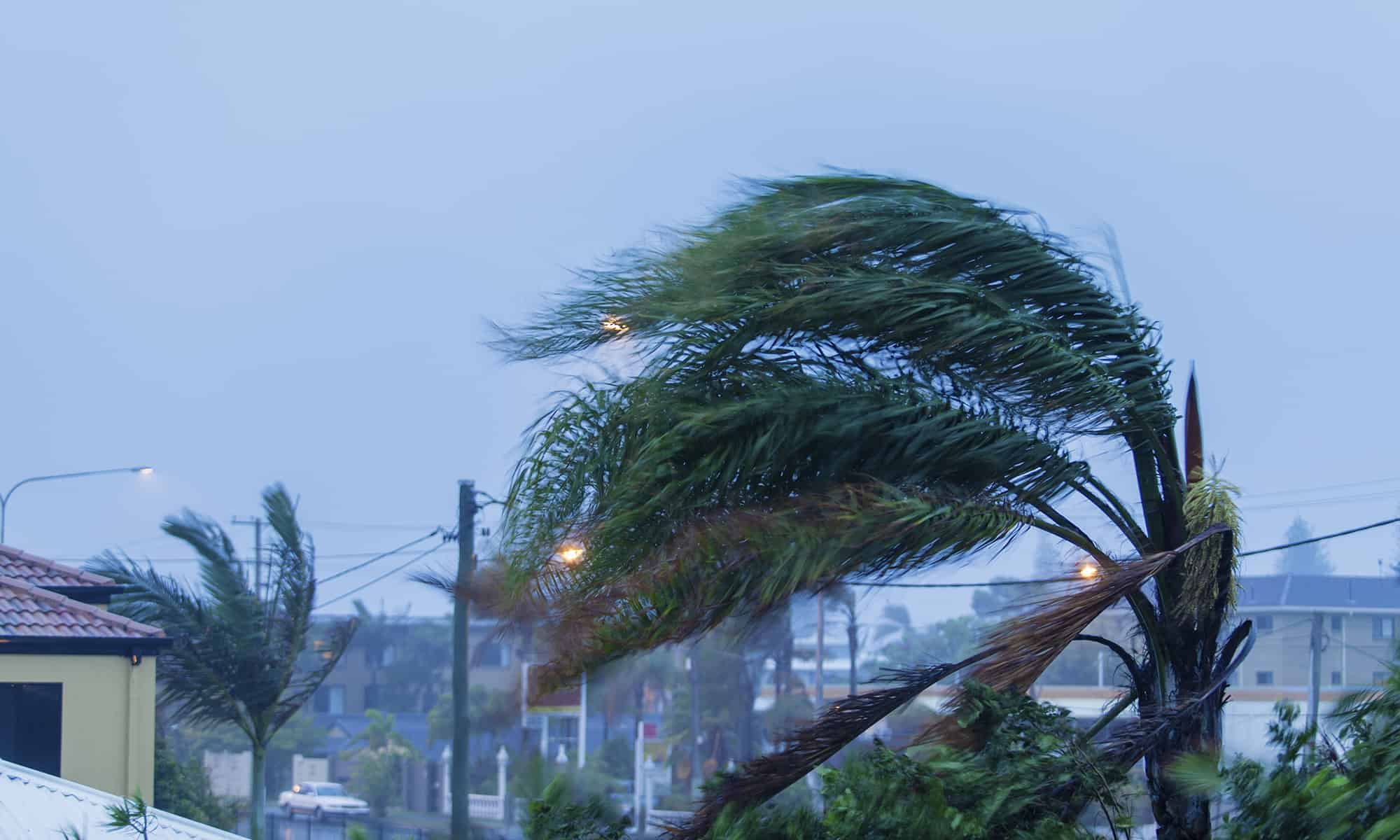Tropical North Queensland. It’s easy to get complacent with cyclone season preparations, but we have seen how devastating cyclones can be and this year, as we are experiencing La Niña, the Bureau of Meteorology has released its Severe Weather Outlook showing:
Bureau Climatologist, Greg Browning says “on average Australia sees nine to eleven tropical cyclones each year, with four crossing the coast. With La Niña this year we are expecting to see slightly more tropical cyclones than average, and the first one may arrive earlier than normal.”
“Every northern wet season has had at least one tropical cyclone cross the Australian coast, so we can never be complacent. We know that cyclones can develop at any time throughout the tropical cyclone season, which runs from November to April. This means that communities right across northern Australia need to be prepared now, and stay informed from the very start of the tropical cyclone season in October, right though until April,” Mr Browning said.
Prepare your family
Create a household emergency plan and ensure everyone in the family is aware of the plan so they know what to do in case of an emergency, including evacuation routes and where the first aid kit and emergency kit is located. A template can be found at www.cairns.qld.gov.au. Although the topic can be scary, it’s important that everyone in the family, including children, are aware of the dangers.
If a cyclone does threaten, your local Council will announce the location of shelters. Once the storm has passed, additional evacuation facilities will be opened to help those whose homes have been damaged.
Don’t forget your furry family members – cyclones are frightening for them too. Cairns Veterinary Clinic has great advice on how to prepare for a cyclone with a pet, head to the Cairns Vet Clinic website for more information.
Prepare your property
Keeping up with general property maintenance can greatly reduce damage caused by cyclones. Keep the gutters clear of leaves and other debris, repair loose tiles or roofing sheets and ensure they are all firmly fastened, and trim trees and branches close to the home. Check your garage door and window frames, ensure fences around the home are secure and fit shutters or metal screens to all glass windows and doors if you haven’t already. If you can’t install them, make sure you tape up your windows should you find yourself in the path of a cyclone, no matter how strong it is.
Also check in with your insurer now to make sure your policy covers damage, power and tidal surges, flooding and debris removal. It’s worth checking the insurance for your car as well. Check in on your neighbours during this time to see if they need any help making preparations around the home, especially if they are new to the area, elderly, have young children or a disability.
Stock Up and Get Your Emergency Kit Ready
We’ve been asked to be self-sufficient for at least three days if an emergency occurs. That’s why a household emergency kit is so important. The Cairns Regional Council has an emergency kit checklist you can download from the Cairns Regional Council’s website. Put together the following items and store in a sturdy, easy to transport box or bag.
- Battery-operated radio (with spare batteries)
- Torch (with spare batteries)
- Candles, lighter, and waterproof matches
- First aid kit and manual
- Combination pocket knife
- Portable (gas) stove with fuel
- Cooking gear
- Water in sealed containers (10 litres per person)
- Medication
- Toiletry and sanitary supplies
- Change of clothes and strong shoes
- Non-perishable food (eg. dried or cans) – enough for 3-4 days (can-opener and utensils)
- Special needs for infants, the aged and people with disabilities
- Pet food, water, and other animals needs (including travelling cage, leash and a familiar toy or blanket)
- Tent or tarpaulin, and blankets/bed linen
- Other camping equipment
- Cash
Personal documents (insurance certificate, photographs etc)Strong plastic bags (for clothing and valuables)
Emergency phone numbers including the SES 132 500 or 000 for any life-threatening situation.
Flood Preparation
Flooding can result in power outages, damage to infrastructure and landslides. They make it very difficult to move around, and heavy rainfall can cause the water to rise very quickly. It all happens with little warning.
You can prepare for flooding by putting together an emergency kit, checking your insurance covers flood damage, and if you live in a low-lying area that is prone to flooding, figure out where your nearest high ground is, and put an evacuation plan in place in case it is needed.
Remember to never drive through floodwaters as you can easily get stuck. Avoid walking through flood waters and ensure your children and pets stay away from drains.
It’s also important to stay out of creeks, rivers and waterholes during or after heavy rain. As the water moves down the mountains, the current speeds up, posing a big danger to swimmers.
We want everyone to stay safe this cyclone season and join the Cairns Regional Council in encouraging residents and visitors to follow the PLAN. PACK. LISTEN approach.
Plan: Make an emergency plan
Pack: Pack an emergency kit
Listen: Stay informed…
Resources to be Prepared and to Stay Informed During a Cyclone
Your local radio and TV stations including The ABC Far North on 801 AM, 106.7 FM and 95.5 FM, HIT 103.5/ HIT 97.9 and 99.5 Triple M/ 88.5 Triple M (in Port Douglas and Mossman)
The Cairns Disaster Dashboard and Cairns Regional Council website. You can also sign up for Cairns Regional Council’s Cairns Alert emergency messaging service. This allows Council to send you critical emergency information, such as the need to evacuate, via SMS straight to your phone. You can opt-in HERE.
The Douglas Shire Council website and Douglas Dashboard.





